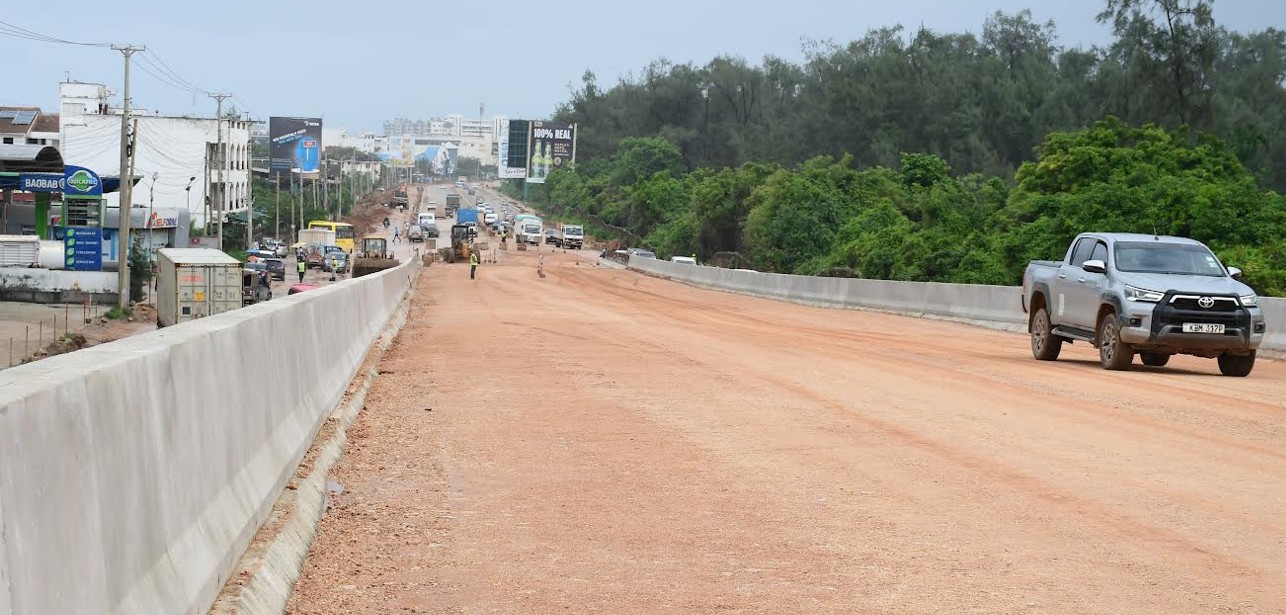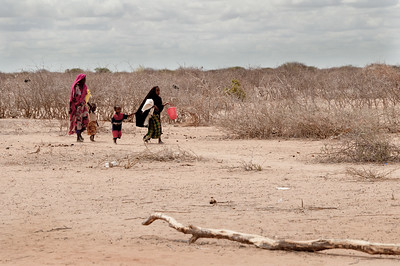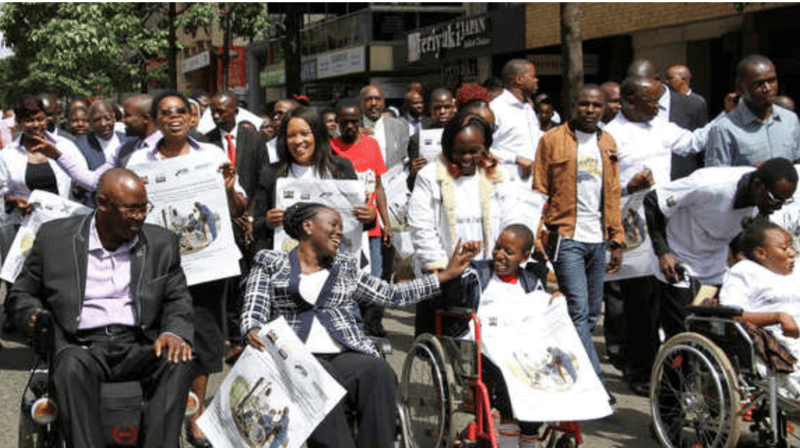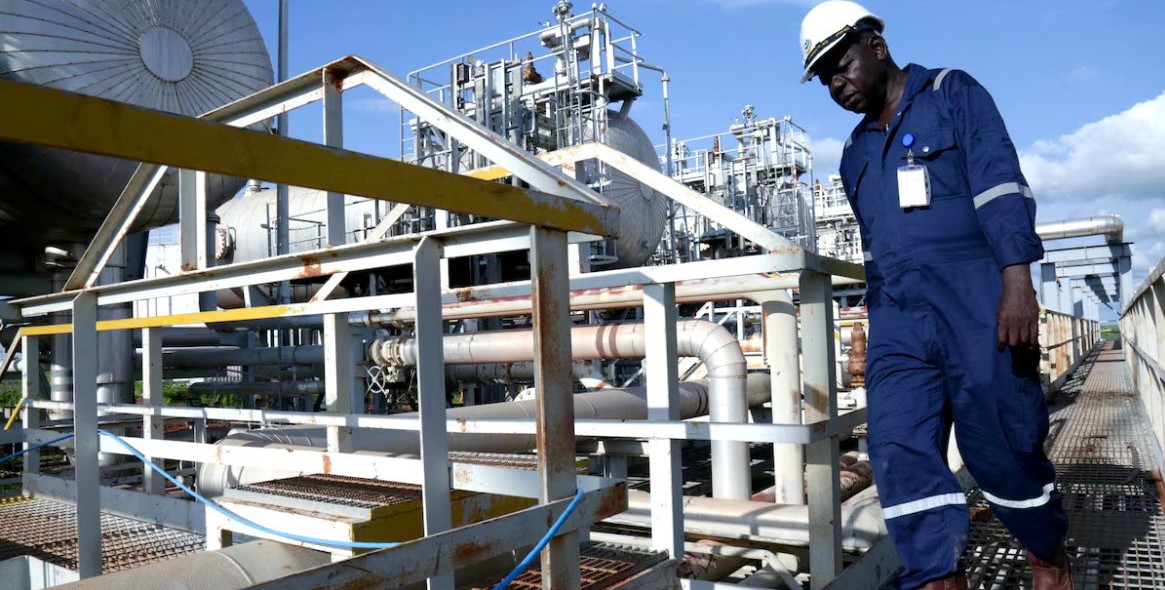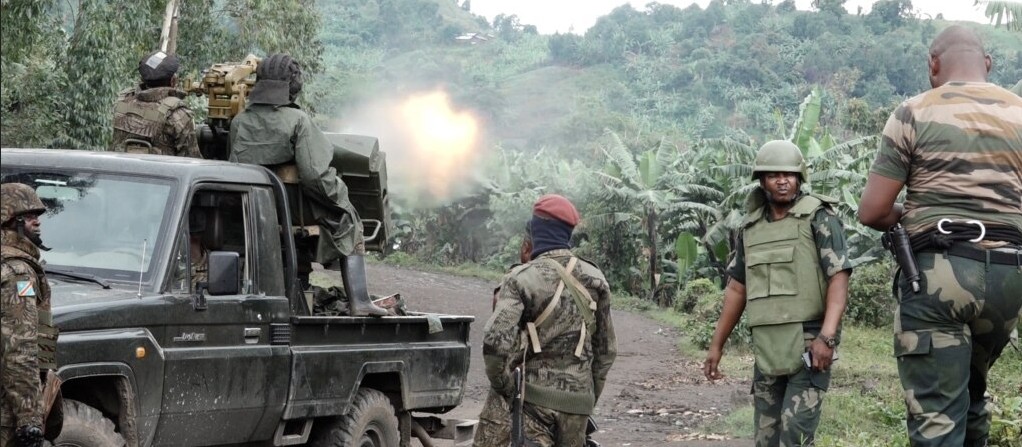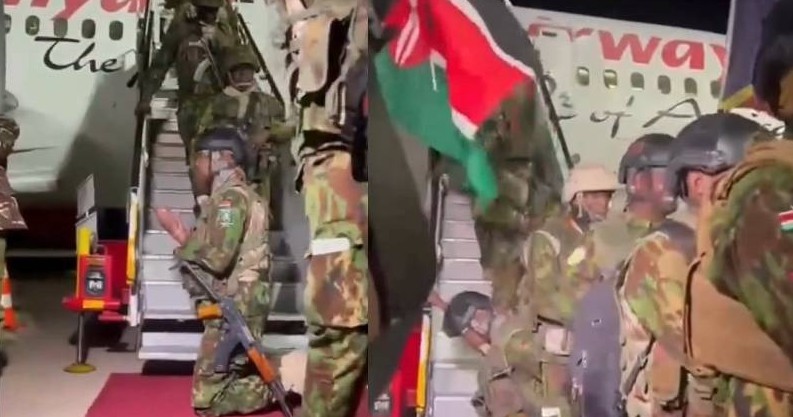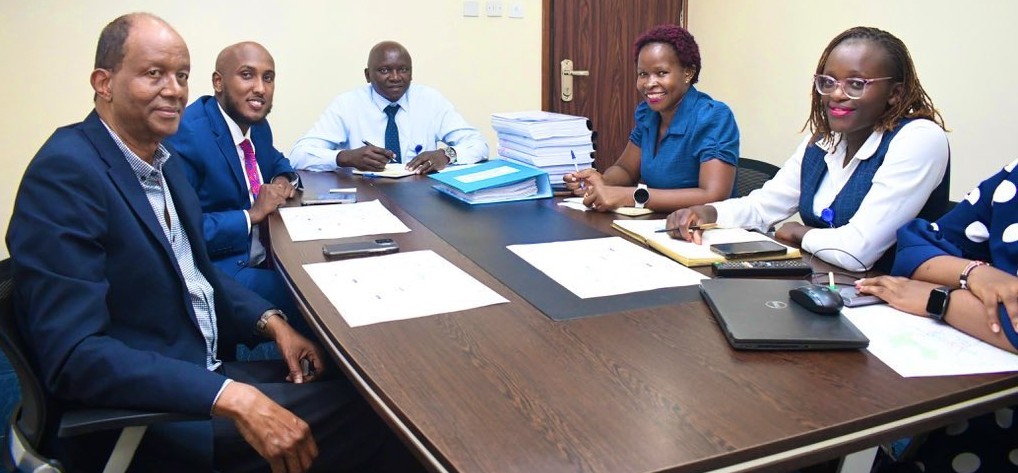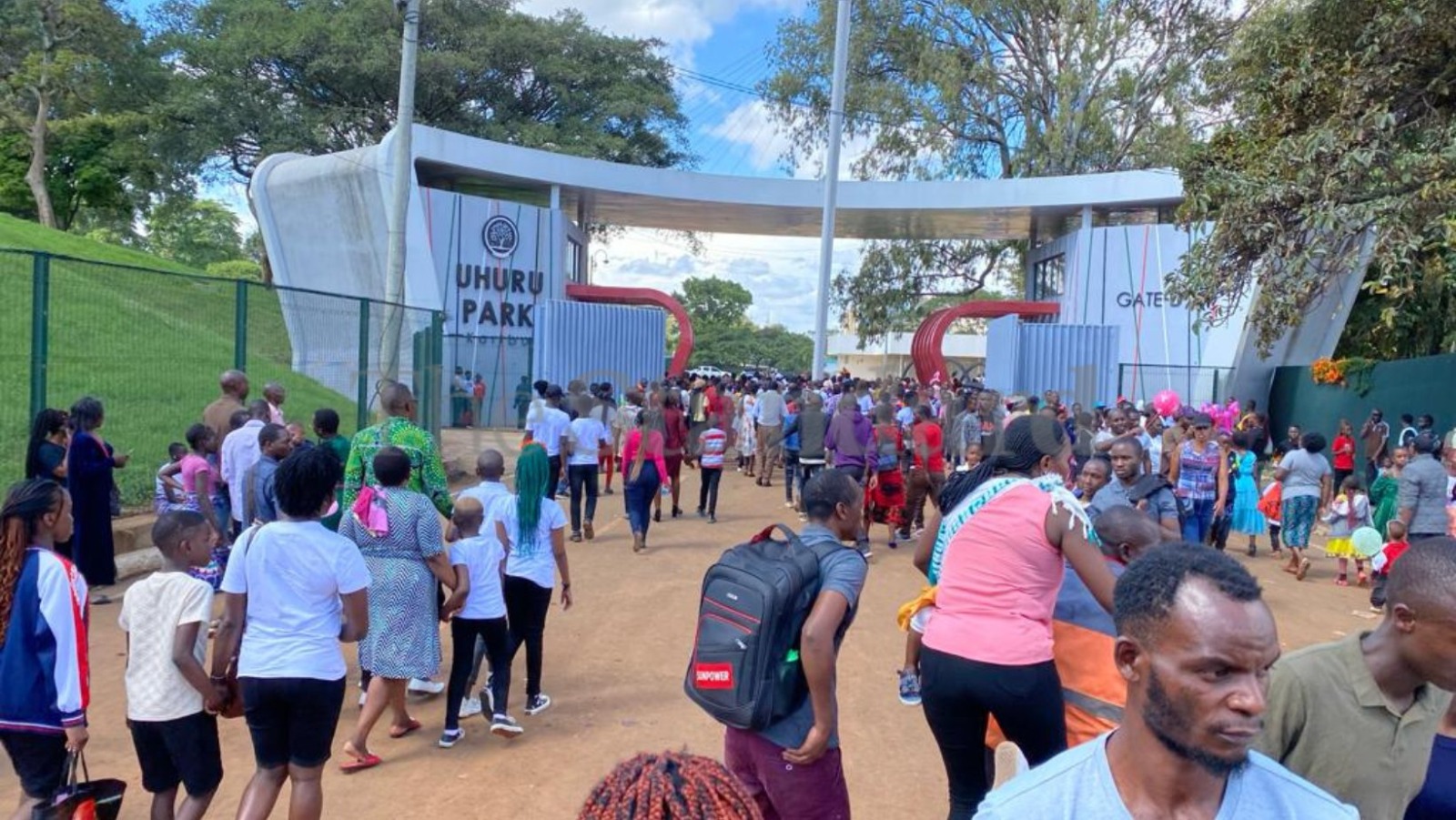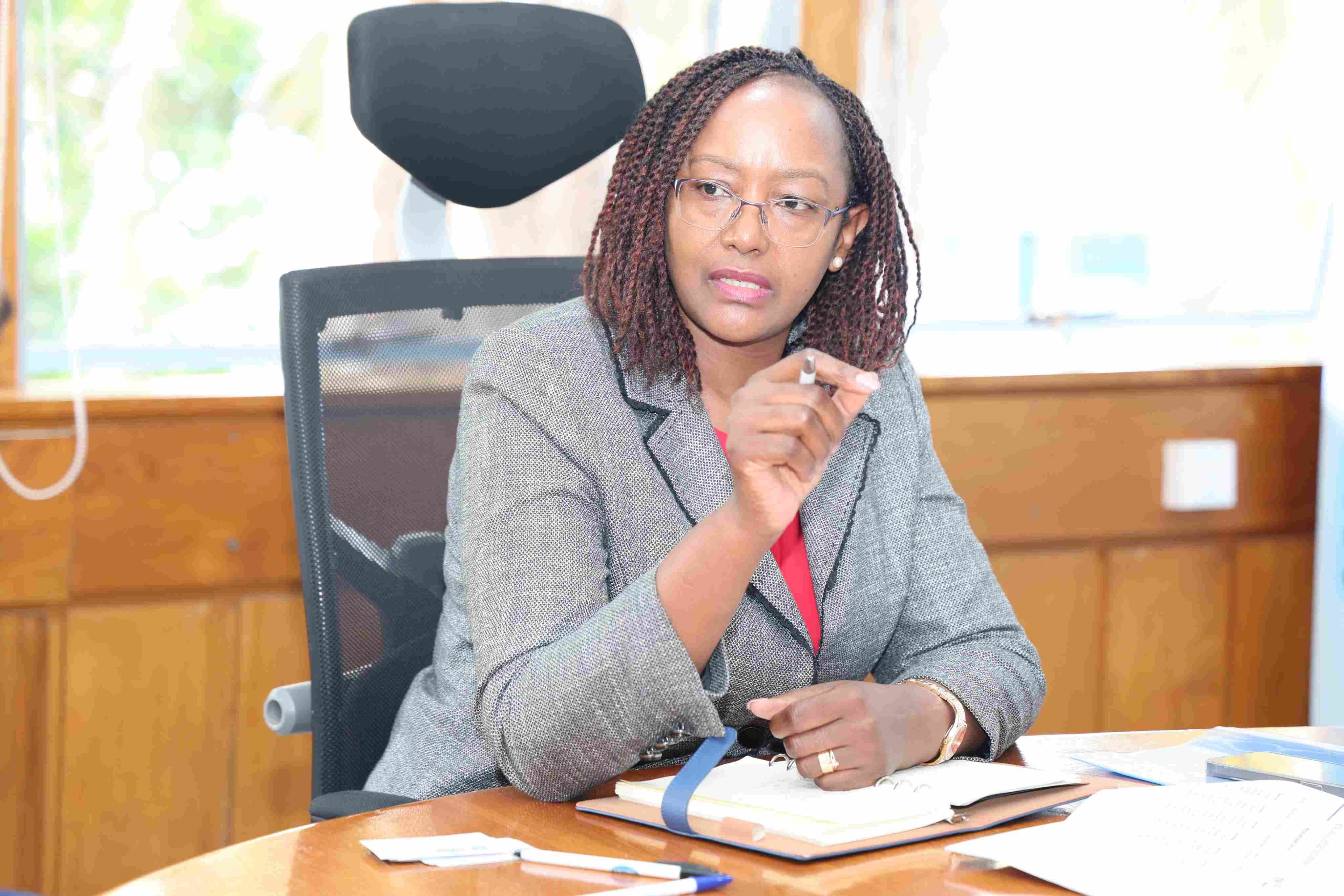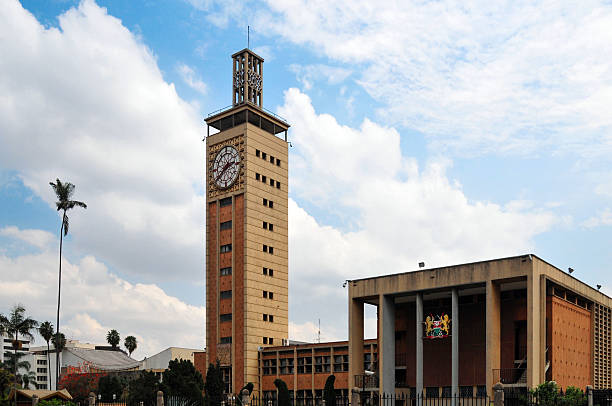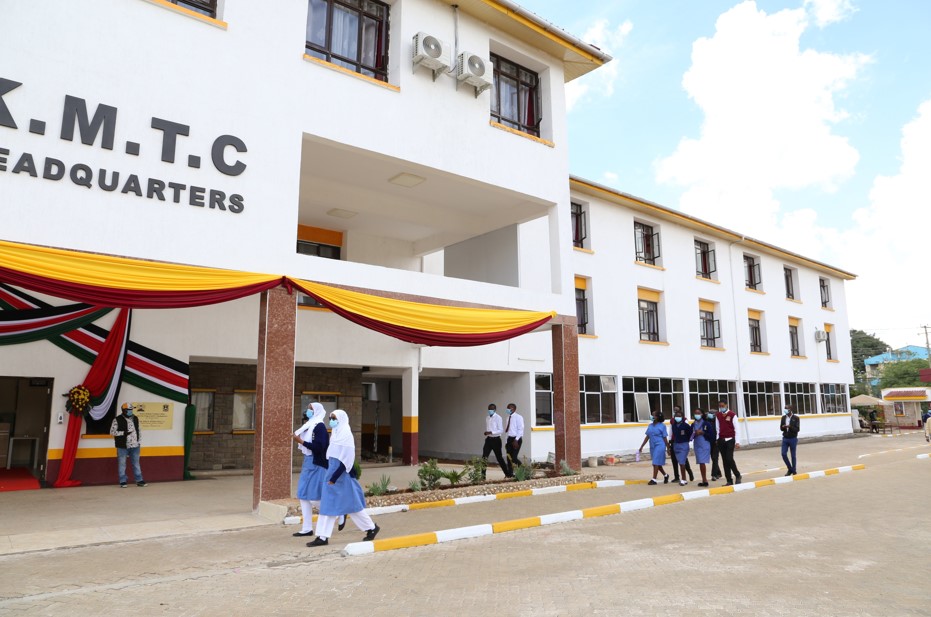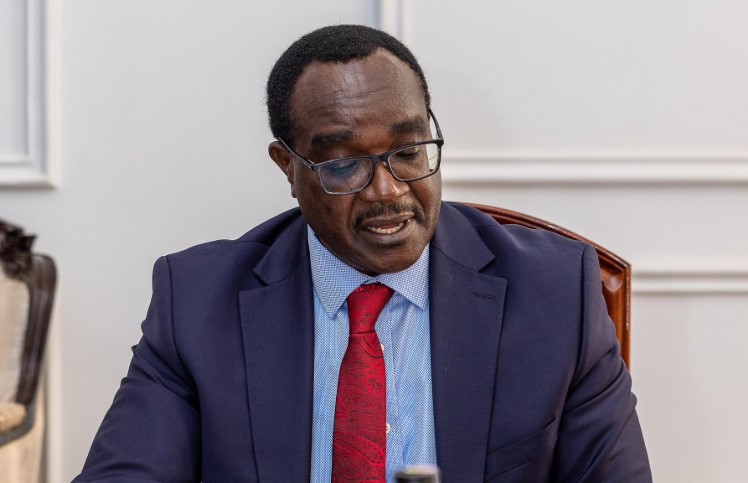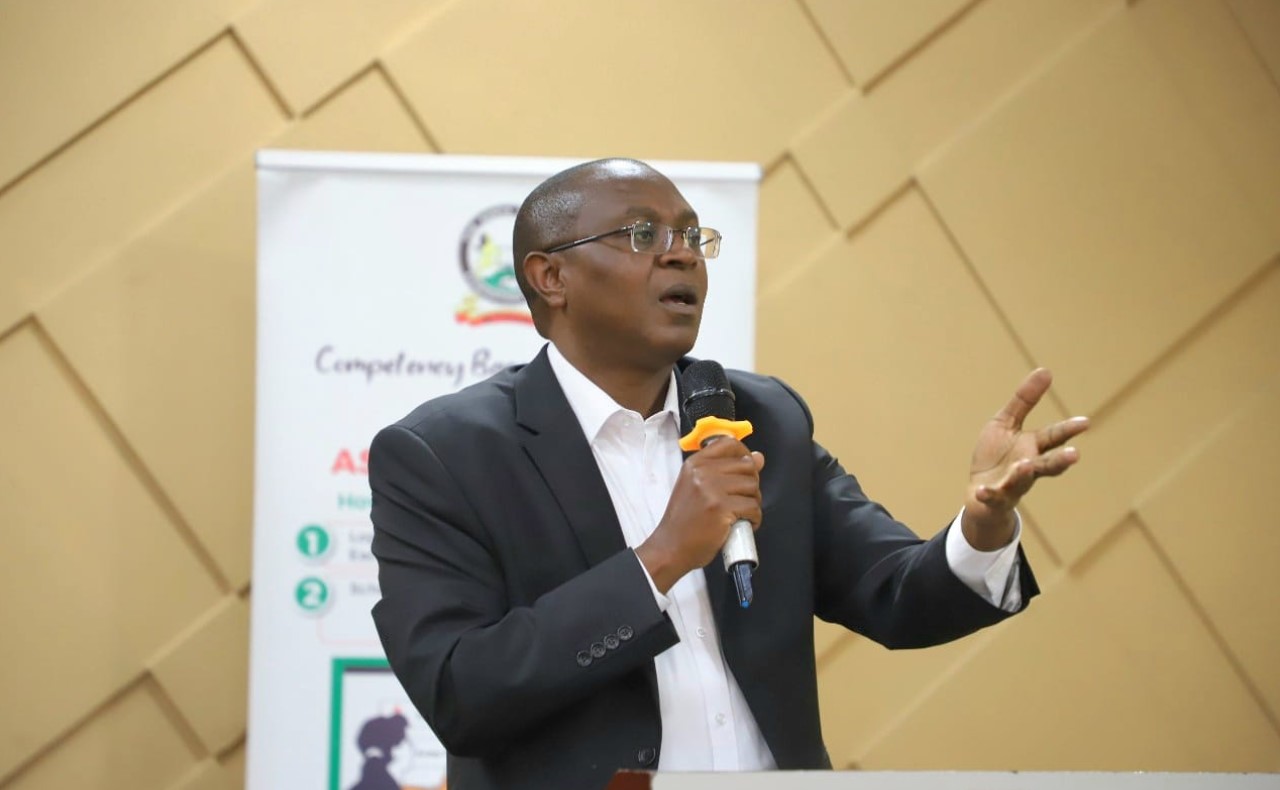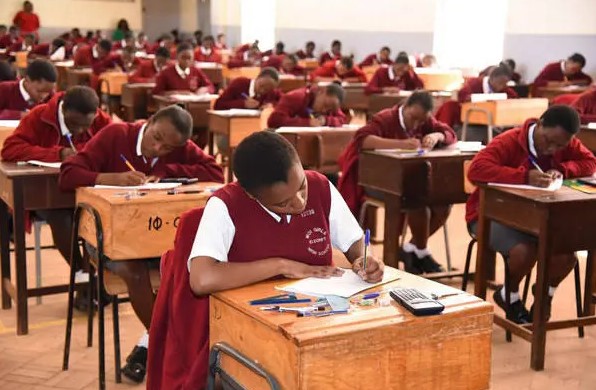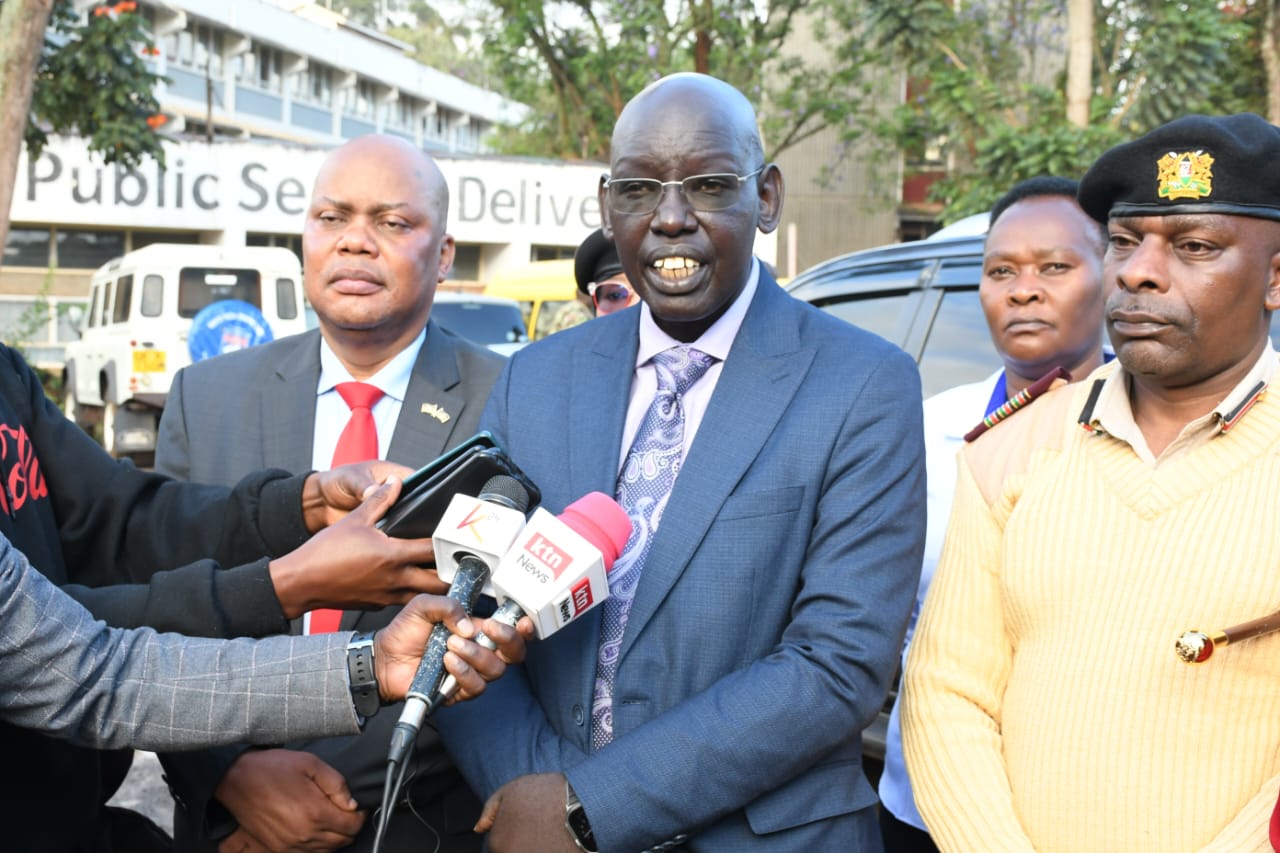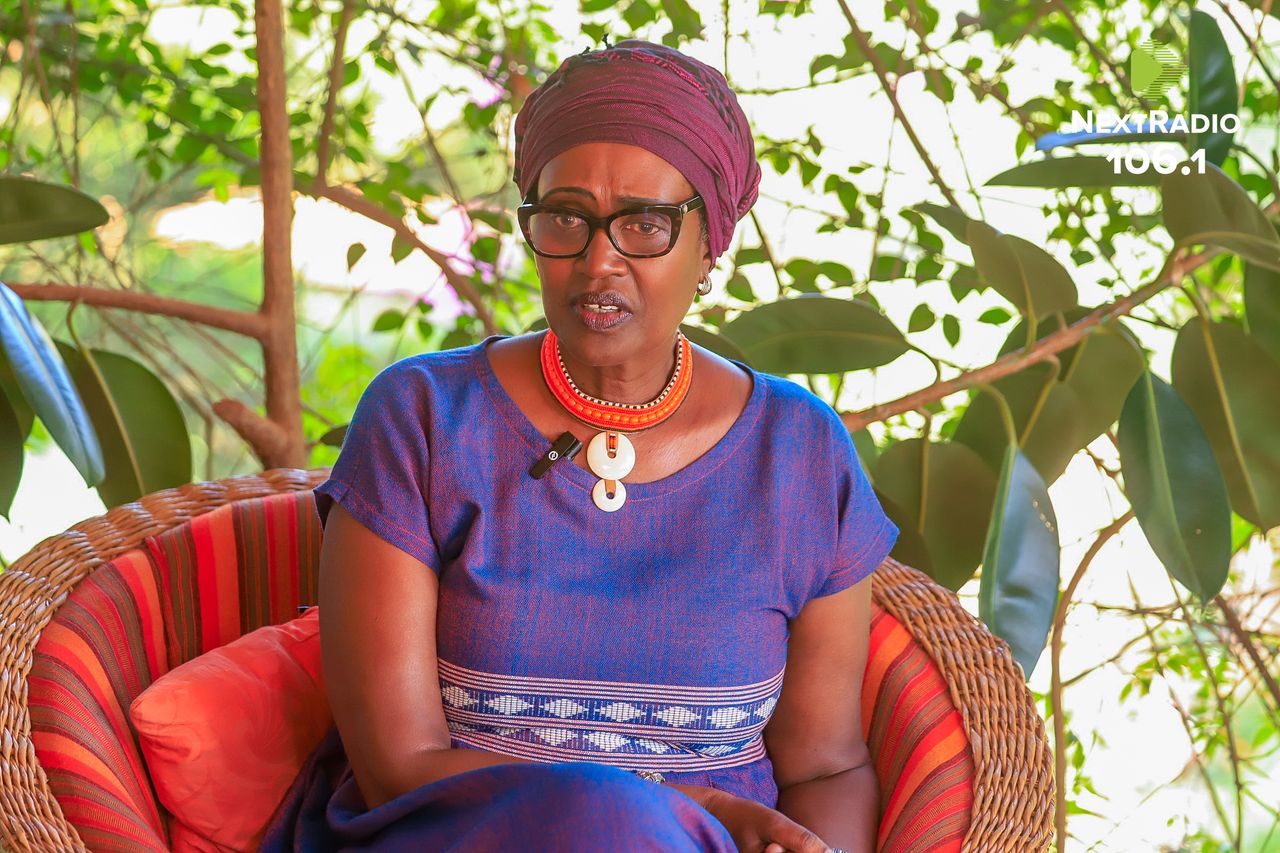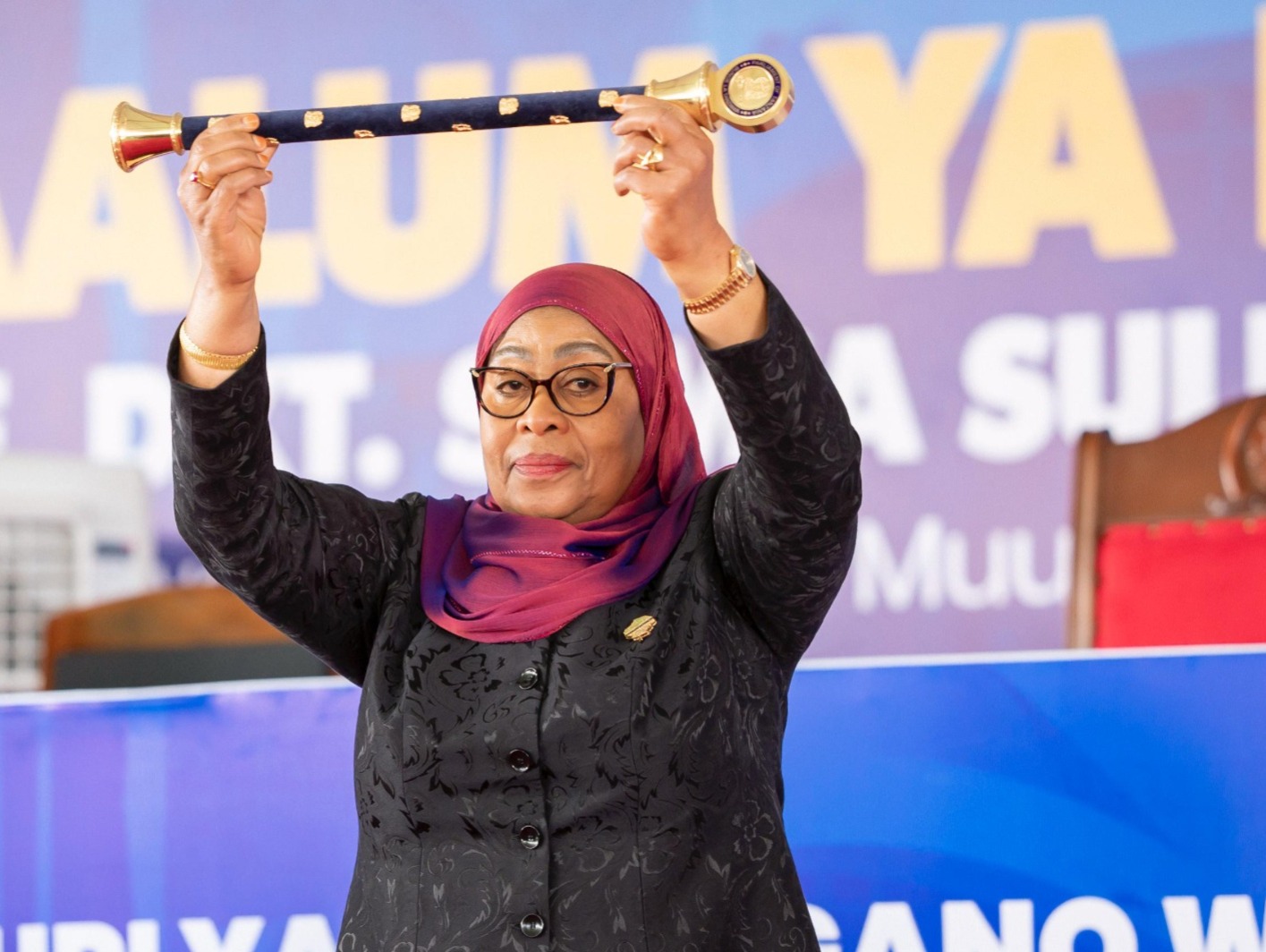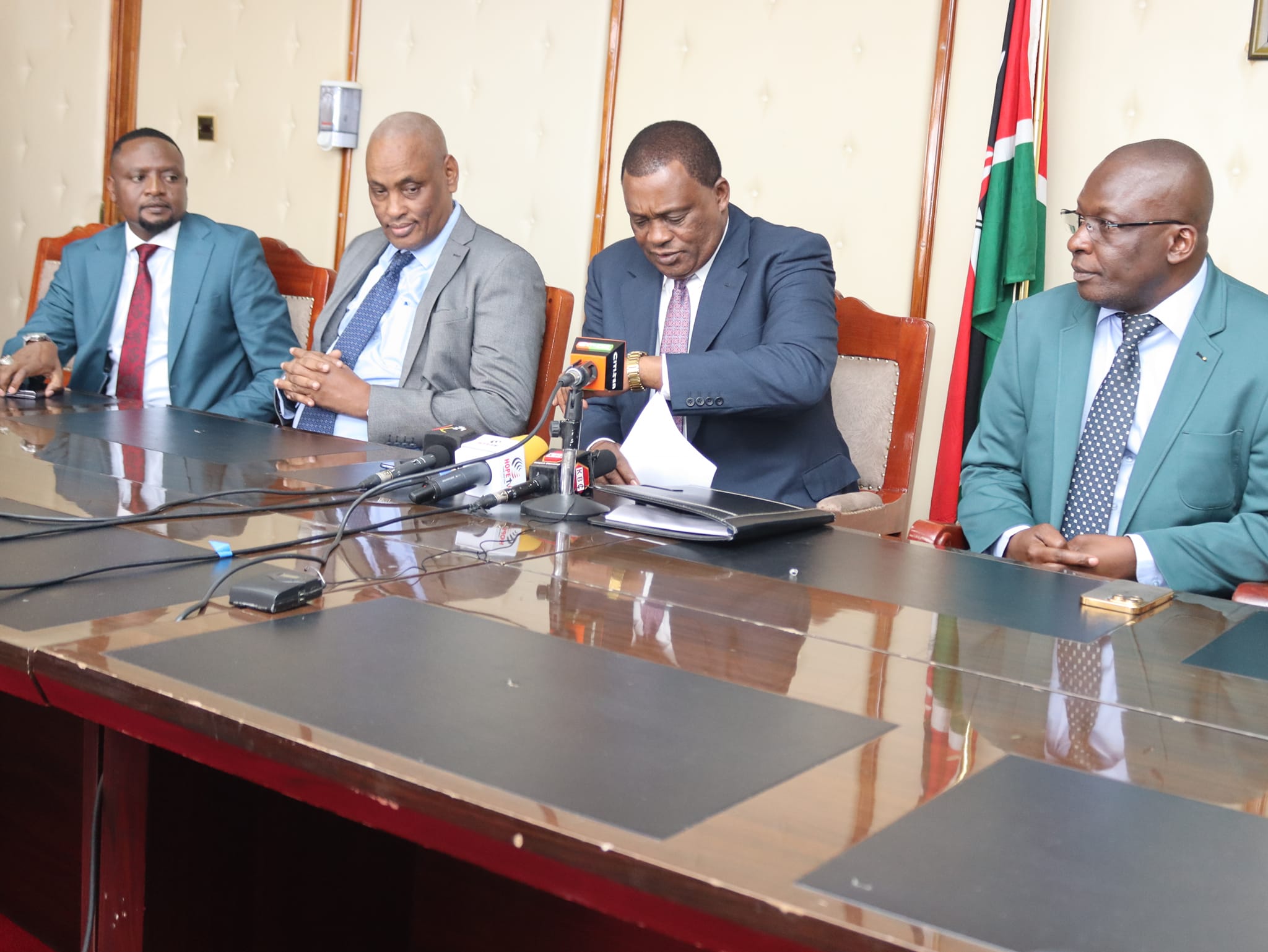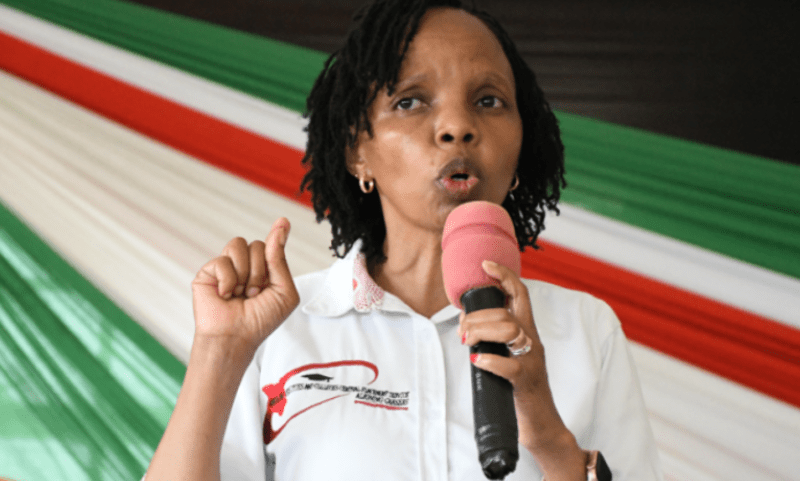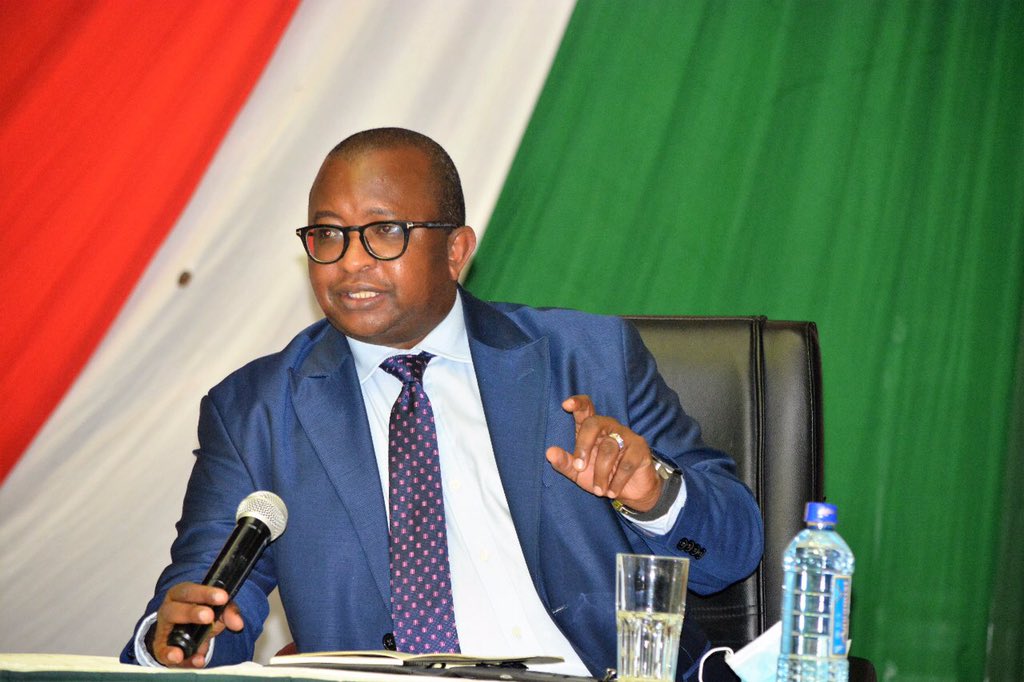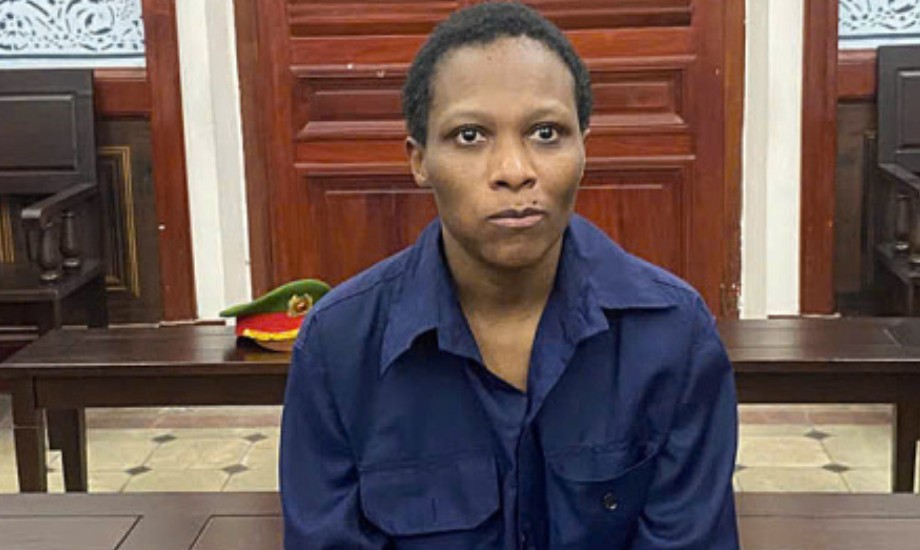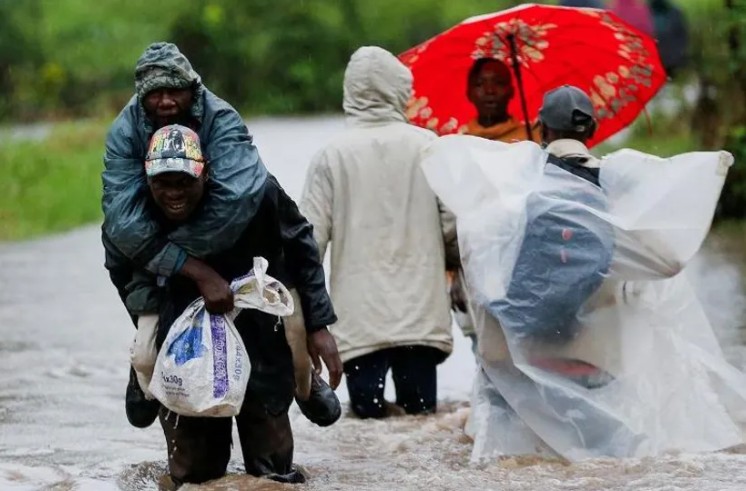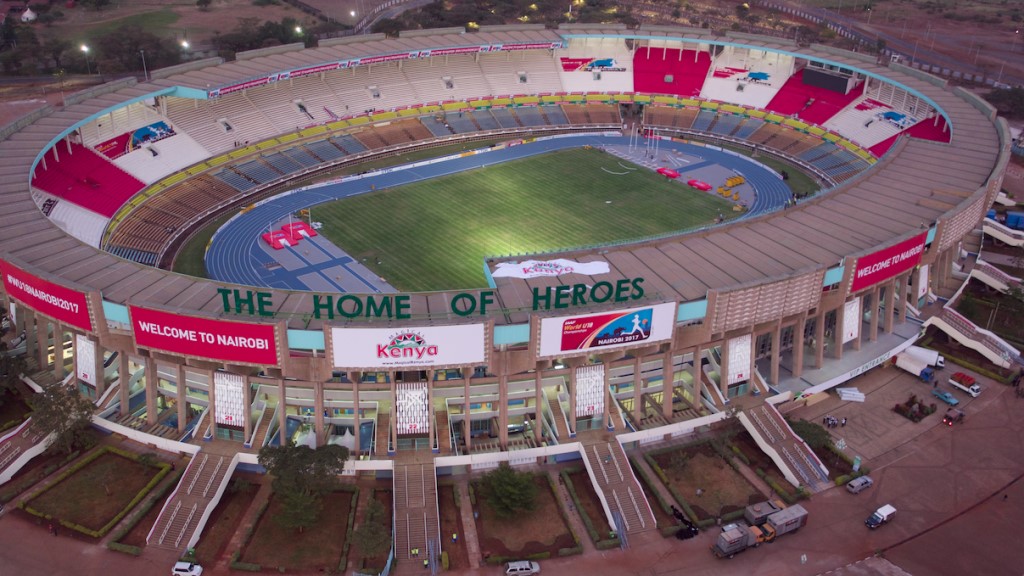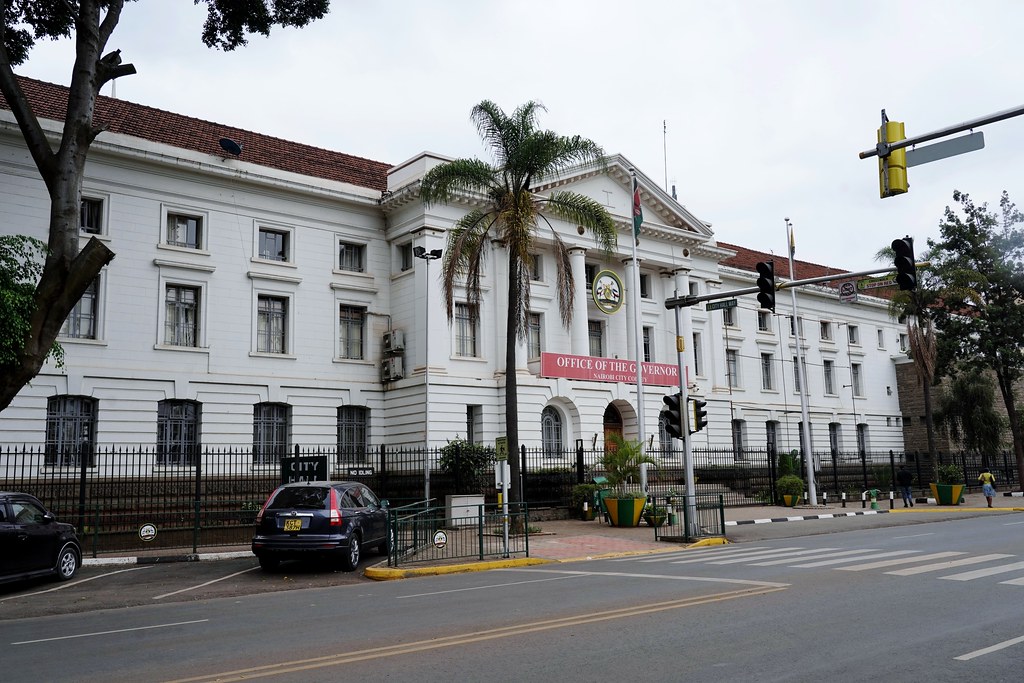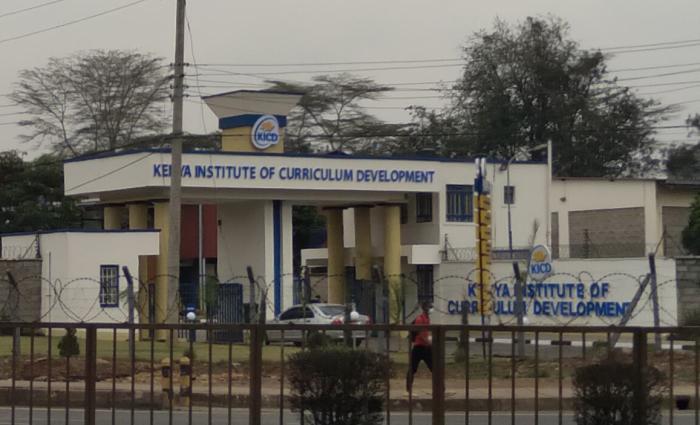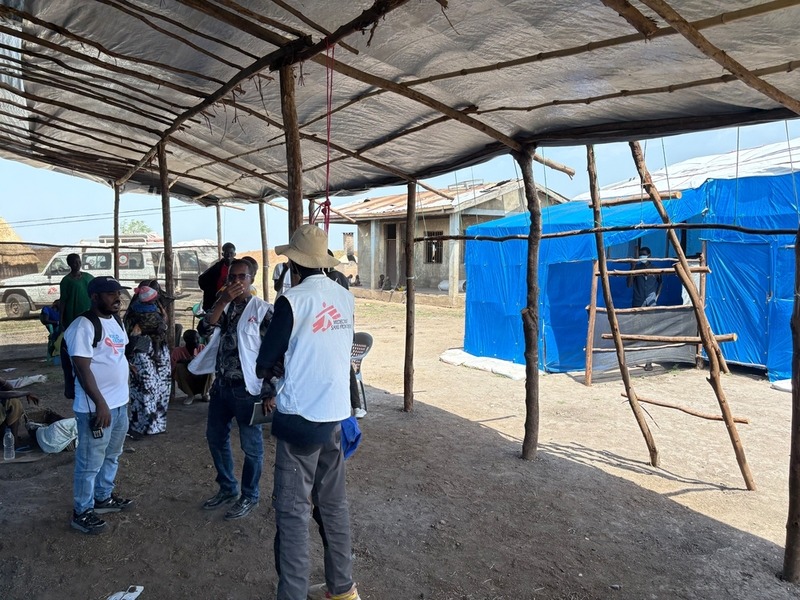Shifting sand dunes displace over 150 families in Southern Somalia
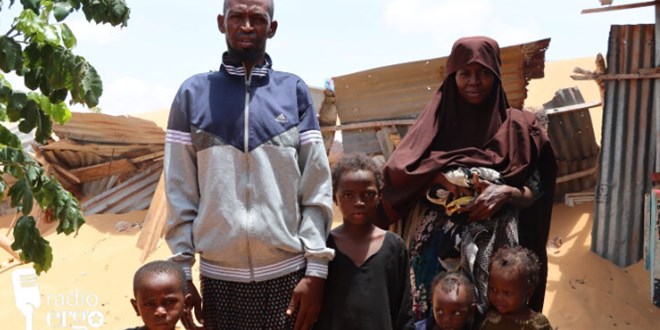
Among the displaced are people who had returned from refugee camps in Kenya, as well as others who had already been displaced within Somalia due to ongoing conflict and drought.
More than 150 families have been forced to flee their homes in the Midnimo settlement, located north of Kismayo in Somalia’s Lower Juba region, after sand dunes engulfed the area.
According to a report by Radio Ergo, the persistent encroachment of sand has left families without shelter, livelihood, or access to basic services.
More To Read
- IGAD ministers renew regional pact on refugees as Kenya demands fair burden‑sharing
- ‘No rain, no food, no life’: Amnesty slams global inaction as Somalia’s drought turns deadly
- Kenya defends stricter asylum screening for Ethiopian, Eritrean applicants
- Somalia approves independent Human Rights Commission in historic milestone
- Over 700,000 Somalis to lose food assistance in November as WFP slashes aid
- A two-way street: Reversing brain drain in Somalia
Among the displaced are people who had returned from refugee camps in Kenya, as well as others who had already been displaced within Somalia due to ongoing conflict and drought.
Midnimo, also known as New Kismayo, was established in 2017 as part of resettlement efforts for returnees and internally displaced persons.
Today, the community lies buried under thick layers of sand, rendering homes and businesses uninhabitable.
Hamdi Muhumed Hilowle, a former refugee who returned from Kenya in 2016, saw her two-room house and latrine completely buried by sand in January this year.
Unable to remain in Midnimo, she and her family moved to Siinay, a neighborhood in Kismayo, where they now live in a single room shared with nine people — her three children and six younger siblings.
“We sought out relatives when we lost our homes, and they gave us this room and told us they would take it back when needed. We share water and electricity with them,” Hamdi told Radio Ergo.
She described the living conditions as difficult. The family survives on a single meal each day and relies entirely on a $50 monthly remittance from her mother, who herds livestock in Lower Juba. Of this amount, $30 is used to buy food, while the remaining $20 covers other essential supplies.
Hamdi explained how the sand began slowly creeping into their home earlier this year, eventually making it impossible to enter or stay inside.
“Sand enters through the windows and doors, it climbs over the roof, and then the house collapses. We reached a point where we couldn’t find a way to enter the house. If we cleared it one day it just piled back up again the next day,” she said.
The destruction of her home also marked the end of her few possessions. Her concerns now extend to her mother’s dwindling herd of goats, which has dropped from 120 to just 10 due to prolonged drought.
Businesses affected
Businesses in Midnimo have not been spared either. Abdi Haji Garnayl, who returned to Somalia from the Ifo refugee camp in Kenya in 2016, ran a small shop in the settlement. Since 2021, the shop had been his family’s main source of income.
After it was repeatedly buried by sand, he tried to rebuild it three times, investing $150 into repairs. Eventually, he was forced to abandon the shop earlier this year.
“The sand displaced our customers, and the neighbourhood is now empty. We and the remaining residents are trapped, with nowhere to go. We cannot afford to rent another house or relocate,” he said.
With 12 children to care for, he has had to borrow money to feed his family. The collapse of his business has also forced four of his children to leave Rugta Middle School, as he can no longer pay the $32 monthly fee.
“The roof and walls are collapsing on us. We hear things falling while we sleep. Sometimes, we cannot cook because of the sandstorms. We have reported our complaints to the authorities, but we have received no response,” he added.
Residents say the only available free service in Midnimo is a maternal and child health center. Apart from that, no additional assistance has been provided to support those affected by the encroaching dunes.
Elsewhere in Kismayo, similar scenes are unfolding in Fanole, particularly in the Shanemo camp. Resettlement homes built under international aid projects are also being swallowed by sand.
Abdikadir Magange Dhomey, a tailor and father of ten, lives in the Shanemo camp. He says only one room of his three-room house remains usable, with the rest, including the latrine, buried under sand.
Access to water has also become a problem, with the nearest well located two kilometers away. The roads leading to it are blocked by dunes.
“The impact on us is immense. This sand needs to be managed with bulldozers. If we could afford it, we would have cleared it ourselves. The bulldozers charge $120 per hour for their services, which we cannot afford,” Abdikadir said.
He earns about $4 a day from tailoring work. He fled Bandarjadid in Middle Juba in 2005 due to drought and sandstorms that destroyed his family’s farmland. In 2019, he received a house in Fanole through a housing initiative implemented by the UNHCR, CARE, and the Norwegian Refugee Council.
Today, with that home now half-buried and his children’s education interrupted due to lack of money, Abdikadir is one of many facing uncertainty.
Top Stories Today
